Home>Dining>Tableware>What Is Wheat Straw Dinnerware Made Of?
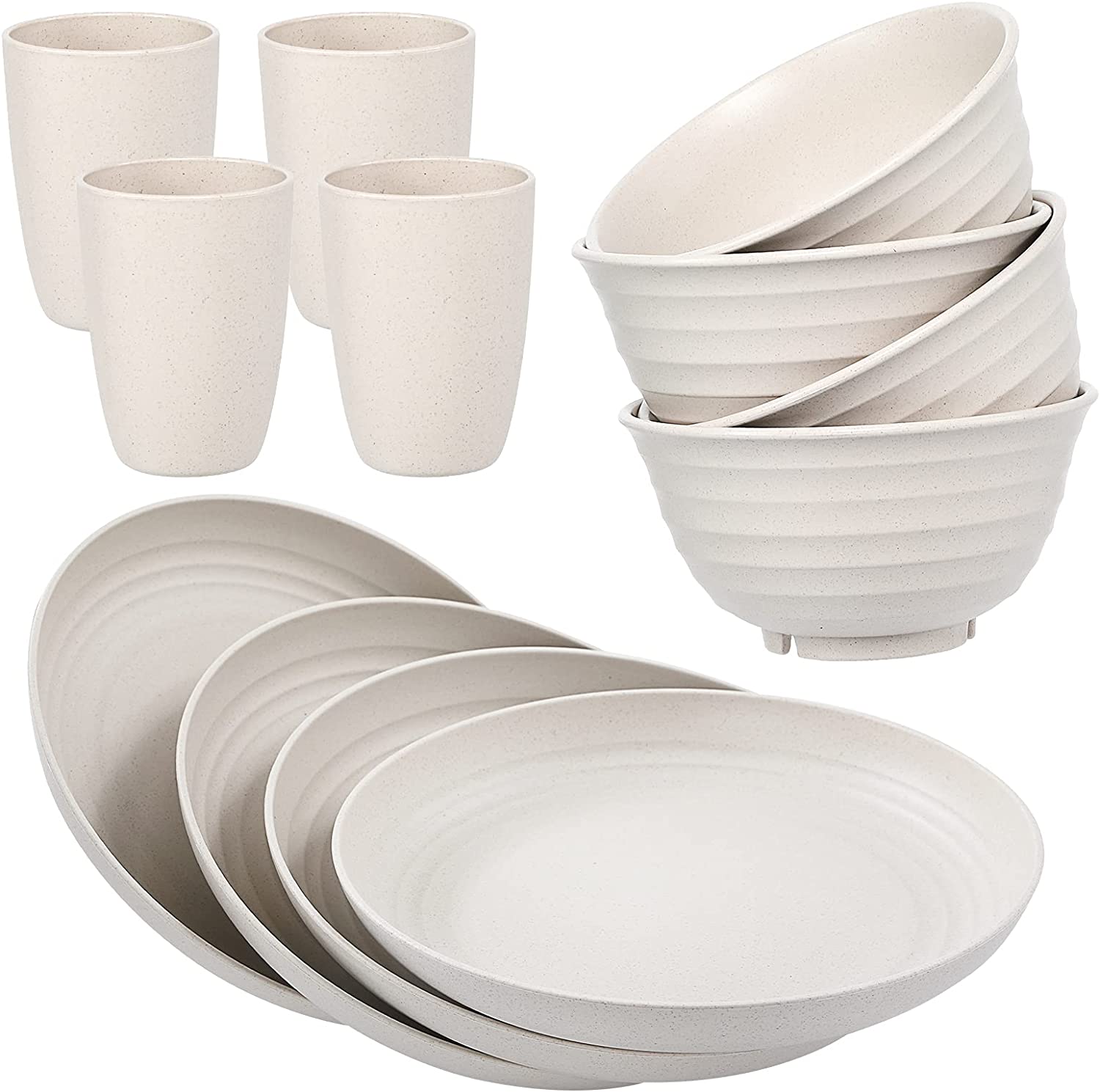

Tableware
What Is Wheat Straw Dinnerware Made Of?
Modified: October 20, 2024
Discover the eco-friendly alternative to plastic tableware - wheat straw dinnerware! Made from natural wheat straw fibers, this sustainable and biodegradable option is perfect for your next meal and the planet.
(Many of the links in this article redirect to a specific reviewed product. Your purchase of these products through affiliate links helps to generate commission for Storables.com, at no extra cost. Learn more)
Introduction
Dinnerware plays a crucial role in our daily lives, not only serving as containers for our food but also adding a touch of elegance to our dining experience. With the growing concern for environmental sustainability, many people are now seeking alternatives to traditional dinnerware made of materials like plastic or ceramic. One such eco-friendly option gaining popularity is wheat straw dinnerware.
In this article, we will explore what wheat straw dinnerware is made of, its benefits, production process, key characteristics, environmental impact, comparisons with other eco-friendly materials, and tips for caring for this type of dinnerware.
So, let’s dive in and discover the amazing world of wheat straw dinnerware!
Key Takeaways:
- Wheat straw dinnerware offers an eco-friendly, durable, and stylish alternative to traditional materials, promoting sustainability and reducing environmental impact while adding a rustic charm to your dining experience.
- By choosing wheat straw dinnerware, individuals contribute to a circular economy, minimize reliance on non-renewable resources, and enjoy the convenience of safe, non-toxic, and easy-to-maintain dinnerware for everyday use and special occasions.
Read more: What Is Melmac Dinnerware Made Of?
What is Wheat Straw?
Wheat straw refers to the stems and leaves of wheat plants that are left behind after the grain is harvested. Traditionally, wheat straw has been considered agricultural waste and often burned or discarded. However, in recent years, there has been a growing recognition of the potential value of this abundant and renewable resource.
Wheat straw is rich in cellulose, a natural polymer that provides strength and structure. This makes it an ideal material for various applications, including the production of dinnerware. The use of wheat straw for dinnerware is a sustainable alternative to traditional materials, as it reduces waste and minimizes the reliance on non-renewable resources.
Wheat straw dinnerware is typically made by processing the wheat straw fibers into a fine powder, which is then combined with a food-grade binding agent, such as cornstarch or natural resin, to create a moldable dough-like material. This material is then shaped into dinnerware products, such as plates, bowls, and cups.
It is important to note that wheat straw dinnerware is free from harmful chemicals and toxins, making it a safe and eco-friendly choice for food consumption. Additionally, wheat straw dinnerware is BPA-free and does not leach any harmful substances into your food.
Overall, wheat straw is a versatile and sustainable material that provides a viable alternative to traditional dinnerware materials. It harnesses the potential of agricultural waste, reducing the environmental impact of our dining habits.
Benefits of Using Wheat Straw for Dinnerware
Choosing wheat straw dinnerware comes with a multitude of benefits that make it an appealing option for eco-conscious individuals. Let’s explore some of the advantages of using wheat straw for dinnerware:
- Eco-friendly: Wheat straw dinnerware is made from a renewable and sustainable resource – wheat straw. By utilizing agricultural waste that would have otherwise been discarded or burned, wheat straw dinnerware helps reduce the environmental impact associated with traditional dinnerware materials. It promotes a circular economy and minimizes reliance on non-renewable resources.
- Durable: Despite its lightweight and eco-friendly nature, wheat straw dinnerware is surprisingly durable and long-lasting. It can withstand daily use and is resistant to cracks and chips, making it a practical choice for both everyday meals and special occasions. Its strength ensures that it can endure the rigors of regular use, providing excellent value for money.
- Safe and Non-Toxic: Wheat straw dinnerware is free from harmful chemicals, making it a safe option for food consumption. It is BPA-free and does not leach any toxins into your food. This makes it an excellent choice for families with young children or individuals who prioritize their health and well-being.
- Microwave and Dishwasher Safe: Wheat straw dinnerware is often microwave and dishwasher safe, allowing for convenient and hassle-free use. You can heat up your meals or leftovers without worrying about damaging your dinnerware. Additionally, cleaning up is a breeze as you can safely place your wheat straw dinnerware in the dishwasher.
- Lightweight and Portable: Wheat straw dinnerware is lightweight, making it easy to handle and transport. Whether you are hosting a picnic, camping trip, or a backyard barbecue, wheat straw dinnerware is a practical choice. Its portability adds convenience to your outdoor dining experiences.
- Natural and Earthy Aesthetic: Wheat straw dinnerware has a beautiful rustic and natural appearance. It adds a touch of charm to your dining table, giving it a unique and earthy aesthetic. Whether you are hosting a casual gathering or a formal dinner party, wheat straw dinnerware can elevate the look and feel of your table setting.
From its eco-friendliness to its durability and aesthetic appeal, using wheat straw dinnerware offers numerous advantages. It not only enhances your dining experience but also contributes to a more sustainable future.
Production Process of Wheat Straw Dinnerware
The production process of wheat straw dinnerware involves several steps, from harvesting the wheat straw to shaping it into the final dinnerware products. Let’s take a closer look at the process:
- Harvesting: Wheat straw is obtained from the stems and leaves of wheat plants after the grain has been harvested. The wheat straw is carefully collected in an environmentally responsible manner to ensure minimal impact on the soil and surrounding ecosystem.
- Cleaning and Drying: Once harvested, the wheat straw goes through a thorough cleaning process to remove any impurities or debris. It is then dried to reduce the moisture content, making it easier to process and ensuring the longevity of the final dinnerware products.
- Grinding and Pulverizing: The dried wheat straw is then finely ground and pulverized into a fine powder. This process breaks down the wheat straw fibers, making them easier to mold and shape into the desired dinnerware products.
- Mixing and Binding: The pulverized wheat straw is mixed with a food-grade binding agent, such as cornstarch or natural resin. This binding agent helps hold the wheat straw fibers together, creating a moldable dough-like material that can be shaped into various dinnerware products.
- Molding and Shaping: The dough-like material is then molded and shaped into the desired dinnerware products, such as plates, bowls, and cups. This can be done using specialized molds or through the use of machinery in larger-scale production facilities.
- Drying and Curing: After the wheat straw dinnerware is shaped, it goes through a drying and curing process to remove any remaining moisture and solidify the structure. This step ensures that the dinnerware set maintains its shape and durability.
- Finishing Touches: Finally, the wheat straw dinnerware goes through any additional finishing touches, such as sanding or smoothing the edges, to ensure a polished and appealing final product.
It is worth noting that the exact production process may vary depending on the manufacturer and the specific dinnerware product being created. However, the general steps outlined above provide an overview of how wheat straw dinnerware is typically made.
By utilizing sustainable farming practices and employing a careful production process, manufacturers are able to create high-quality wheat straw dinnerware that meets the demands of eco-conscious consumers.
Characteristics of Wheat Straw Dinnerware
Wheat straw dinnerware possesses a unique set of characteristics that make it an attractive choice for eco-friendly dining. Let’s explore some of the key features of wheat straw dinnerware:
- Durable: Despite its lightweight nature, wheat straw dinnerware is surprisingly durable and can withstand the rigors of everyday use. It is resistant to cracks and chips, making it a long-lasting option for your kitchen.
- Heat Resistant: Wheat straw dinnerware is designed to be heat resistant, allowing you to safely use it in the microwave or to serve hot food. It can withstand high temperatures without warping or melting, ensuring your safety and convenience.
- Stain Resistant: Wheat straw dinnerware typically has a non-porous surface, which makes it resistant to staining. You can enjoy colorful dishes without worrying about stubborn stains or discoloration on your dinnerware.
- Ease of Cleaning: Wheat straw dinnerware is generally dishwasher safe, making it easy to clean and maintain. You can simply place it in the dishwasher along with your other dishes for a hassle-free cleanup.
- Lightweight: One of the notable characteristics of wheat straw dinnerware is its lightweight nature. It is much lighter than traditional materials like ceramic or glass, making it easy to handle and transport.
- Natural Aesthetic: Wheat straw dinnerware has a distinctive natural aesthetic that adds a charming touch to your dining table. With its earthy tones and unique grain patterns, it brings a rustic feel to your meals and enhances the overall visual appeal of your table setting.
- Eco-friendly: As an eco-friendly alternative to traditional dinnerware materials, wheat straw dinnerware is biodegradable and compostable. Its production involves utilizing a renewable resource and minimizing environmental impact.
These characteristics make wheat straw dinnerware a versatile and practical choice for everyday use, as well as for special occasions. Whether you are hosting a casual gathering or organizing an outdoor picnic, wheat straw dinnerware offers both functionality and style.
It is important to note that while wheat straw dinnerware is durable, it may not be as resistant to extreme temperature changes as materials like ceramic or glass. It is always recommended to follow the manufacturer’s guidelines for usage and care to ensure the longevity of your wheat straw dinnerware.
Wheat straw dinnerware is made from the stalks left over after wheat grains are harvested. The stalks are processed and molded into durable, eco-friendly dinnerware.
Read more: What Is Corelle Dinnerware Made Of?
Environmental Impact of Wheat Straw Dinnerware
Choosing wheat straw dinnerware over traditional materials is a conscious step towards reducing your environmental footprint. Let’s explore the environmental impact of wheat straw dinnerware:
- Reduces Waste: Wheat straw dinnerware utilizes agricultural waste that would otherwise be discarded or burned. By repurposing the stems and leaves of wheat plants after the grain harvest, wheat straw dinnerware helps reduce waste and contributes to a more circular economy.
- Sustainable Resource: Wheat straw is a renewable resource. It is abundantly available as a byproduct of wheat production, making it a sustainable choice for manufacturing dinnerware. By opting for wheat straw dinnerware, you help reduce the demand for non-renewable resources like plastic or ceramic.
- Biodegradable and Compostable: Wheat straw dinnerware is biodegradable and compostable. This means that when it reaches the end of its life span, it can naturally decompose without adding to landfill waste. By composting your wheat straw dinnerware, you contribute to nutrient-rich soil production.
- Non-Toxic and Chemical-Free: Wheat straw dinnerware is free from harmful chemicals and toxins. Unlike plastic or some ceramic dinnerware, it does not leach any harmful substances into the environment during its production, use, or disposal. This makes it a safer choice for both your health and the planet.
- Energy and Water Efficiency: The production process of wheat straw dinnerware typically requires less energy and water compared to traditional dinnerware materials like ceramic or glass. This helps reduce the overall carbon footprint associated with the manufacturing process.
- Less Carbon Emissions: Harvesting and using wheat straw for dinnerware can contribute to the reduction of greenhouse gas emissions. When wheat straw decomposes naturally or is used as a renewable resource, it has a lower carbon impact compared to the production and disposal of plastic or ceramic dinnerware.
- Promotes Sustainable Farming: The demand for wheat straw encourages farmers to adopt sustainable farming practices. By managing crop waste responsibly and incorporating it into the production of dinnerware, farmers can contribute to more sustainable agricultural systems.
Choosing wheat straw dinnerware is a conscious step towards reducing waste, promoting sustainability, and minimizing environmental impact. By embracing this eco-friendly alternative, you become an active participant in the movement towards a greener future.
It is important to note that while wheat straw dinnerware is more sustainable than many other options, it’s always essential to dispose of it responsibly. Check local composting guidelines or consult waste management facilities to ensure the proper disposal of your wheat straw dinnerware at the end of its life cycle.
Comparisons with Other Eco-friendly Dinnerware Materials
When it comes to choosing eco-friendly dinnerware, there are several options available. Let’s compare wheat straw dinnerware with other popular eco-friendly materials:
- Bamboo: Bamboo dinnerware is another sustainable alternative to traditional materials. Like wheat straw, bamboo is a renewable resource that grows quickly and requires minimal resources to cultivate. Both wheat straw and bamboo dinnerware are durable, lightweight, and biodegradable. However, wheat straw dinnerware tends to have a more natural aesthetic with its unique grain patterns, while bamboo dinnerware has a sleek, modern look.
- Palm Leaf: Palm leaf dinnerware is made from fallen palm leaves that are heat-pressed into shape. It is an excellent option for those seeking a rustic and natural look. Both wheat straw and palm leaf dinnerware are compostable and biodegradable. However, wheat straw dinnerware tends to be more durable and heat resistant, making it suitable for regular use, while palm leaf dinnerware is best for single-use occasions.
- Bagasse: Bagasse is the fibrous residue left after extracting juice from sugarcane. It is often used to create disposable plates and bowls. Similar to wheat straw, bagasse dinnerware is biodegradable and compostable. However, wheat straw dinnerware is generally more durable and heat resistant, making it a better option for long-term use and frequent dining.
- Coconut Shell: Coconut shell dinnerware is made from the discarded outer shells of coconuts. It has a unique, tropical appearance and is biodegradable. While coconut shell dinnerware offers a distinct aesthetic, it tends to be less durable and heat resistant compared to wheat straw dinnerware.
- Recycled Plastic: Recycled plastic dinnerware is made from post-consumer recycled plastic materials. It helps reduce plastic waste and gives new life to existing material. However, the production and recycling processes of plastic can still have a significant environmental impact. Wheat straw dinnerware offers a more sustainable alternative by utilizing agricultural waste and being biodegradable.
When comparing these eco-friendly dinnerware materials, it is essential to consider factors such as durability, heat resistance, aesthetic appeal, and the overall environmental impact. While each material has its own unique characteristics, wheat straw dinnerware stands out as a versatile and sustainable choice that combines functionality, durability, and a natural aesthetic.
Ultimately, the choice of eco-friendly dinnerware material depends on individual preferences, intended use, and the level of environmental impact one wishes to make. Wheat straw dinnerware offers an excellent balance between eco-friendliness, durability, and aesthetic appeal, making it a popular choice for eco-conscious consumers.
Tips for Caring for Wheat Straw Dinnerware
To ensure the longevity and continued quality of your wheat straw dinnerware, it’s important to follow proper care guidelines. Here are some tips to help you care for your wheat straw dinnerware:
- Handwashing: Although many wheat straw dinnerware products are dishwasher safe, it’s generally recommended to handwash them to maintain their quality. Use warm water, mild dish soap, and a soft sponge or cloth to gently clean your dinnerware. Avoid using abrasive materials or harsh chemicals as they may damage the surface.
- Avoid Extreme Temperatures: While wheat straw dinnerware is designed to be heat resistant, it’s best to avoid sudden changes in temperature. Avoid placing hot dishes directly from the oven or microwave onto your wheat straw dinnerware, as it may cause warping or damage. Allow hot dishes to cool slightly before serving them on your wheat straw dinnerware.
- Avoid Sharp Objects: Wheat straw dinnerware is durable, but it’s still susceptible to scratching if sharp objects are used on its surface. Avoid using knives or other sharp utensils directly on your dinnerware to prevent scratches or damage.
- Store Properly: When storing your wheat straw dinnerware, stack them carefully to prevent any potential chipping or cracking. Place a soft cloth or liner between each piece to provide cushioning and avoid rubbing against one another. Store your dinnerware in a cool, dry place to maintain its quality.
- Avoid Staining: While wheat straw dinnerware is generally stain-resistant, certain food and liquid substances may leave marks if left on the surface for an extended period. Rinse or wipe off any stains or residue immediately after use to prevent them from setting into the dinnerware.
- Avoid Microwaving Foods with High Oil Content: While wheat straw dinnerware is microwave safe, it’s advisable to avoid microwaving foods with high oil content for an extended period. The hot oil can potentially seep into the dinnerware and leave a residue. Instead, transfer foods with high oil content to a microwave-safe glass or ceramic container before heating.
- Replace Damaged Pieces: Over time, if any pieces of your wheat straw dinnerware become significantly damaged or compromised, it’s recommended to replace them. This ensures the safety and integrity of your dinnerware set.
By following these care tips, you can enjoy your wheat straw dinnerware for an extended period while keeping it in excellent condition. With proper care and maintenance, your dinnerware will continue to serve you well and contribute to your eco-friendly dining experience.
Remember, always refer to the specific care instructions provided by the manufacturer for your particular wheat straw dinnerware products, as they may have additional guidelines or recommendations.
Conclusion
Wheat straw dinnerware offers a sustainable and eco-friendly alternative to traditional dinnerware materials. Made from the stalks and leaves of wheat plants, this renewable resource provides numerous benefits for both individuals and the environment.
By opting for wheat straw dinnerware, you contribute to reducing waste, promoting sustainability, and minimizing environmental impact. Its production process utilizes agricultural waste that would have otherwise been discarded, helping to create a more circular economy and reduce reliance on non-renewable resources.
Wheat straw dinnerware possesses several appealing characteristics, including durability, heat resistance, and a natural aesthetic. It is lightweight, making it easy to handle and transport, while also being safe and non-toxic for food consumption. With its biodegradable and compostable nature, wheat straw dinnerware offers a responsible end-of-life solution.
Comparing it to other eco-friendly dinnerware materials, wheat straw dinnerware stands out for its versatility and balance between functionality, durability, and aesthetic appeal. Whether you are hosting a casual gathering or a formal dinner party, wheat straw dinnerware adds a rustic charm and elegance to your table setting.
To ensure the longevity and continued quality of your wheat straw dinnerware, it’s important to follow proper care guidelines. Whether it’s handwashing with mild dish soap, avoiding extreme temperatures, or storing the dinnerware properly, these simple steps will help maintain its integrity for years to come.
In conclusion, embracing wheat straw dinnerware is not only a conscious choice for a greener future, but it also adds a unique touch to your dining experience. By incorporating sustainable and eco-friendly practices into our everyday lives, we can make a positive impact on the environment and inspire others to follow suit.
Make the switch to wheat straw dinnerware today and savor your meals while contributing to a more sustainable world.
Frequently Asked Questions about What Is Wheat Straw Dinnerware Made Of?
Was this page helpful?
At Storables.com, we guarantee accurate and reliable information. Our content, validated by Expert Board Contributors, is crafted following stringent Editorial Policies. We're committed to providing you with well-researched, expert-backed insights for all your informational needs.
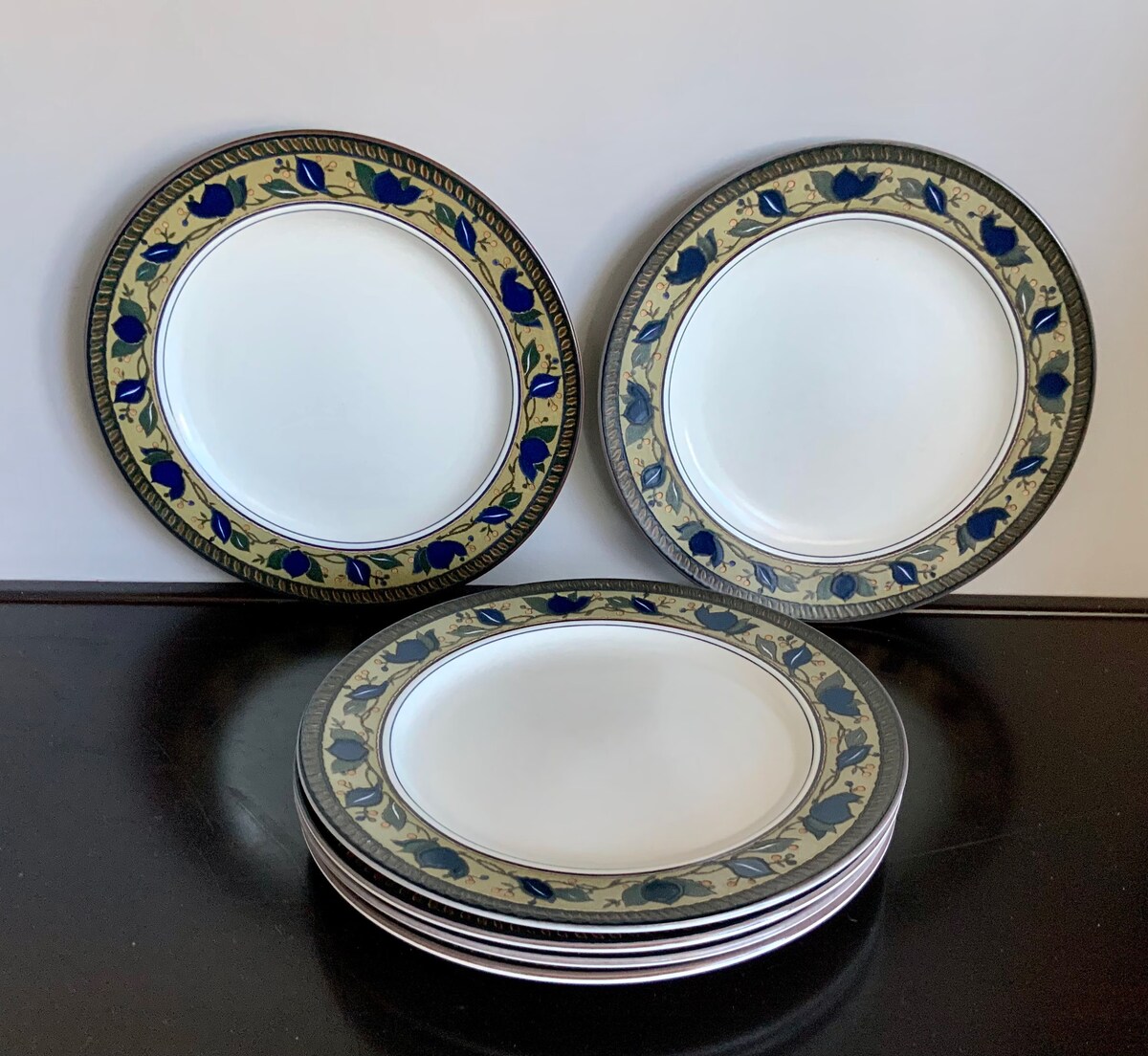
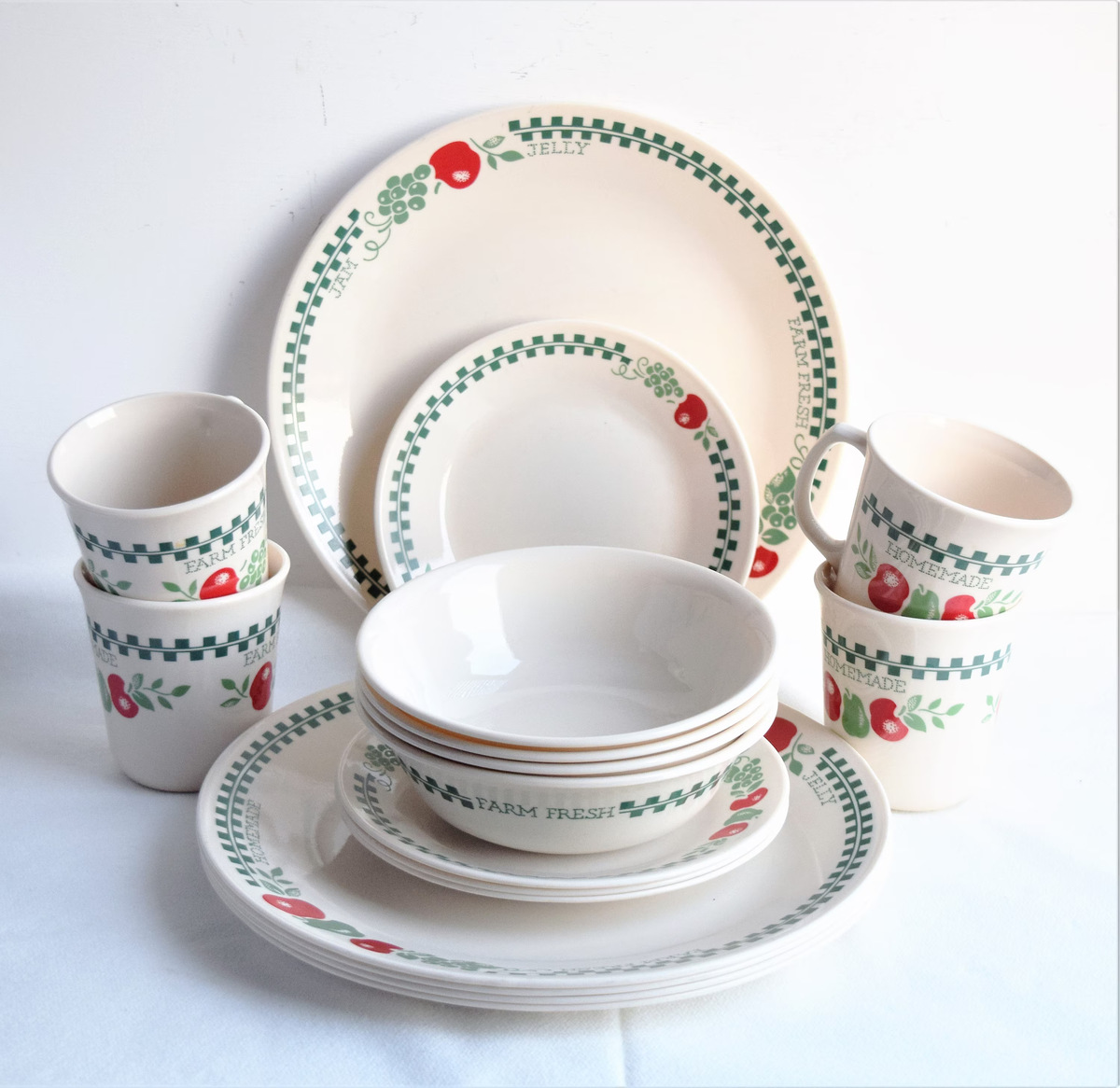
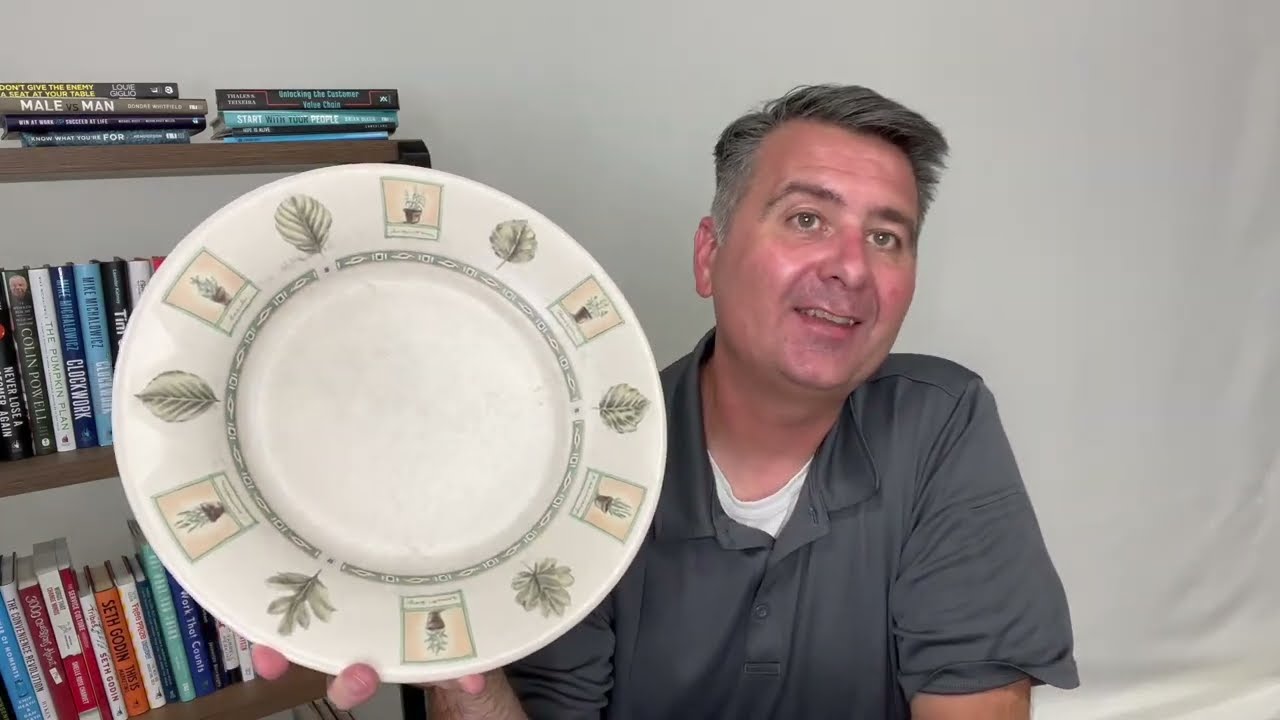
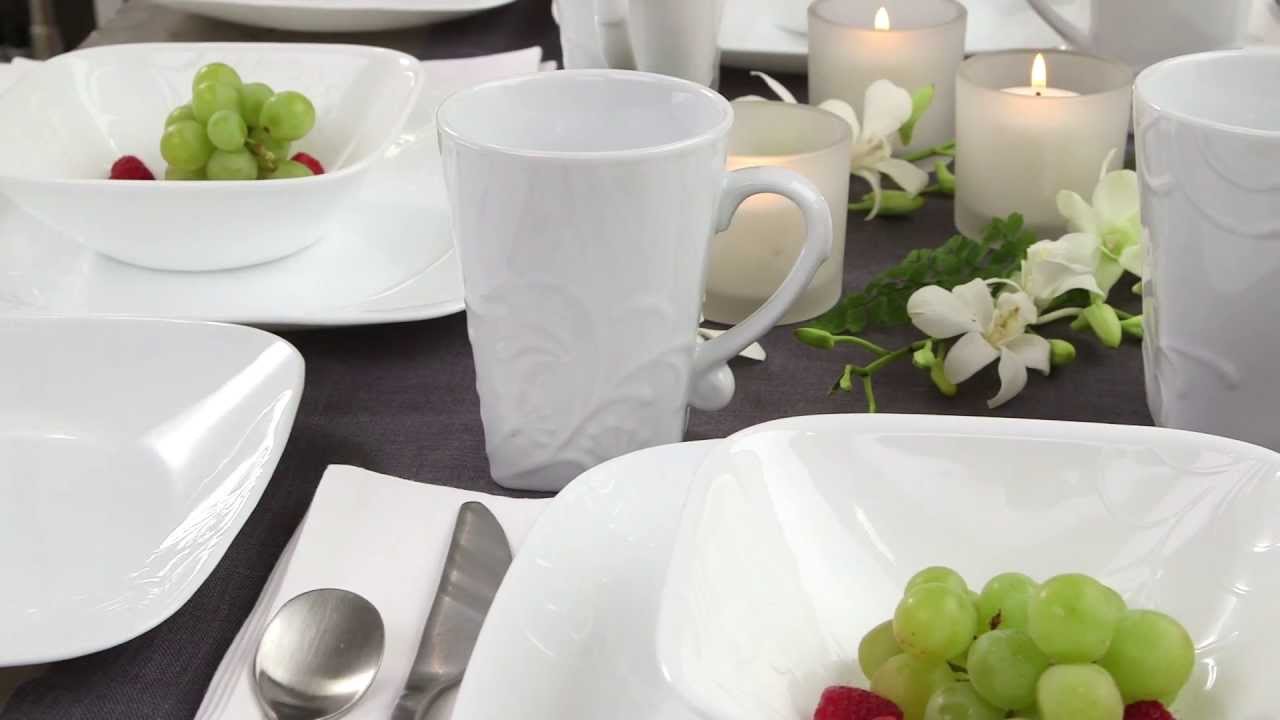
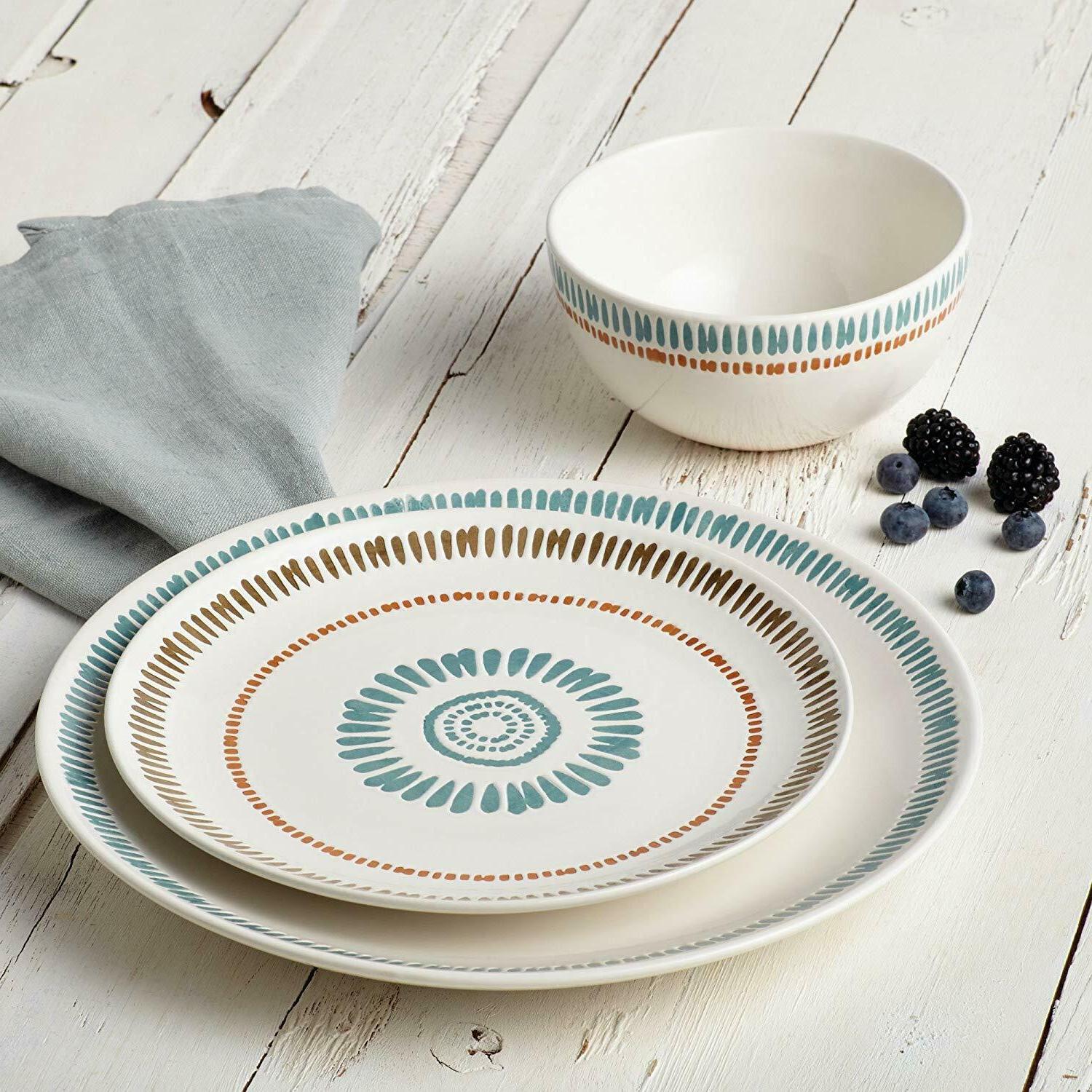
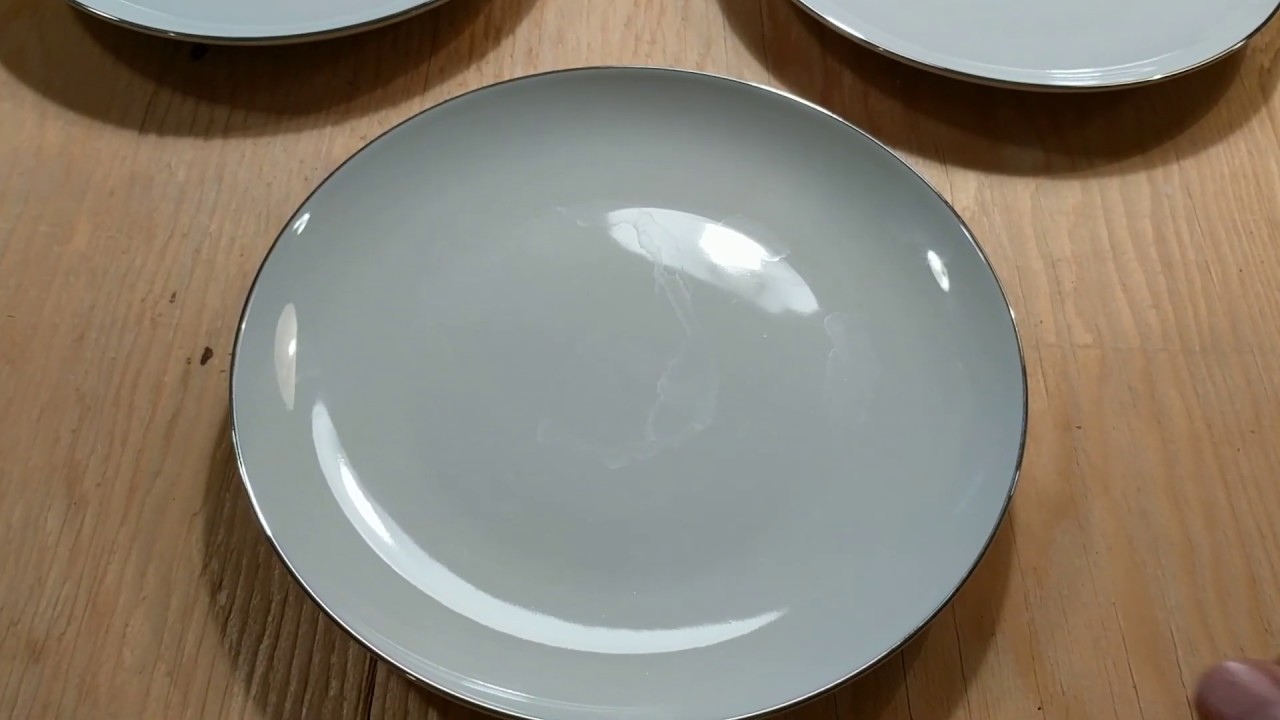

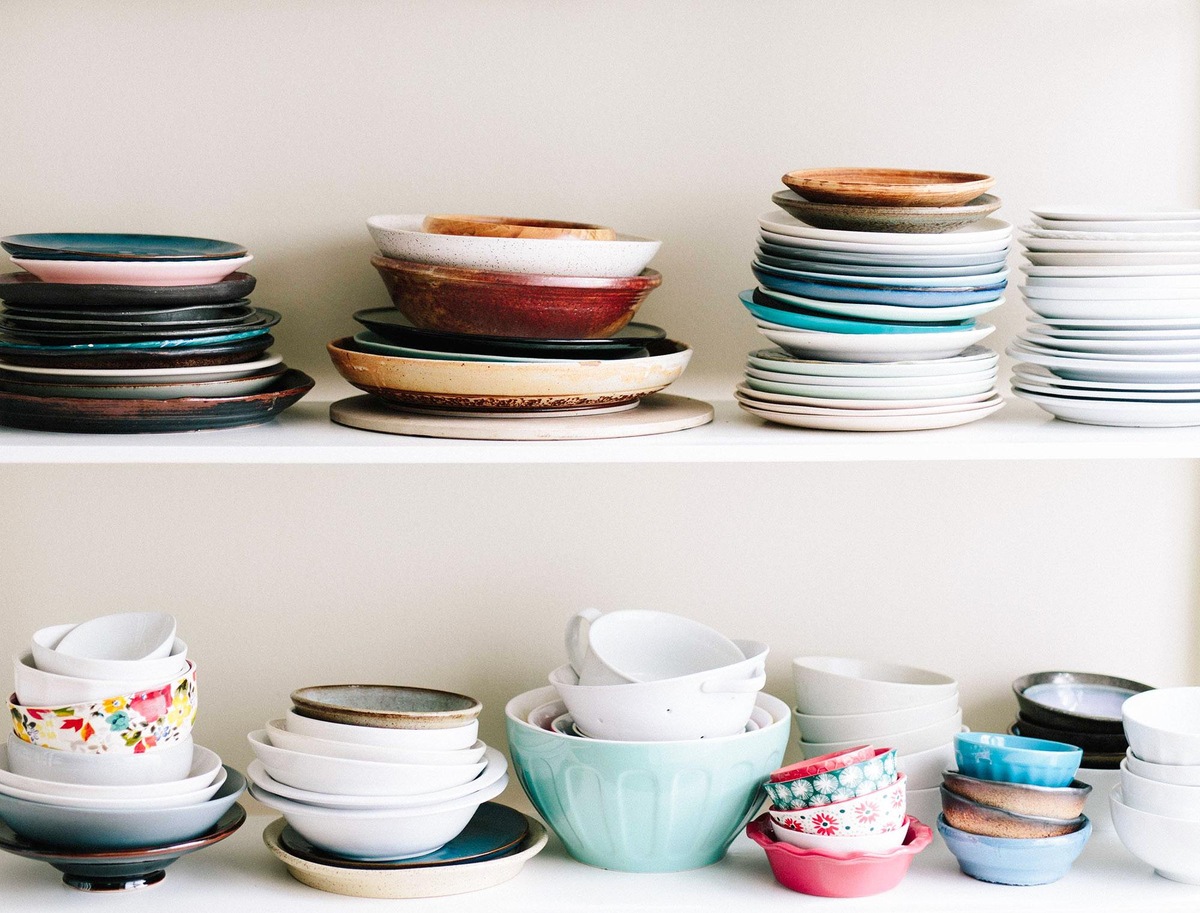
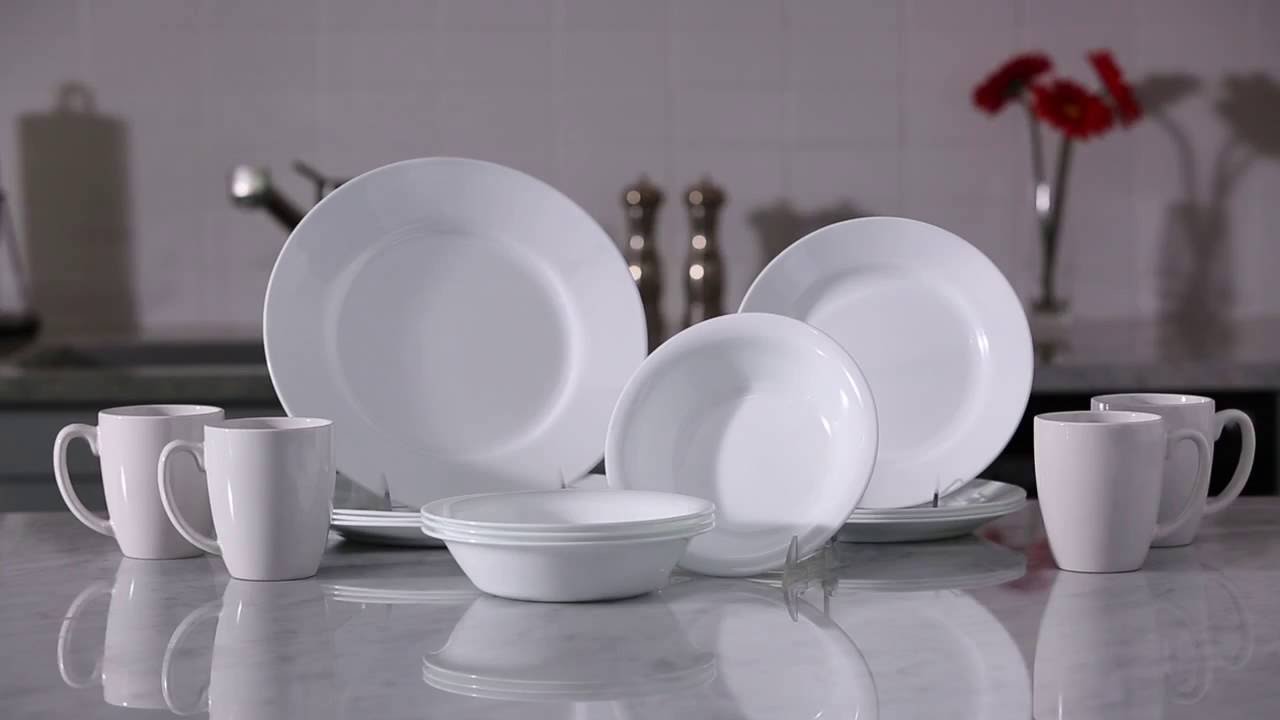
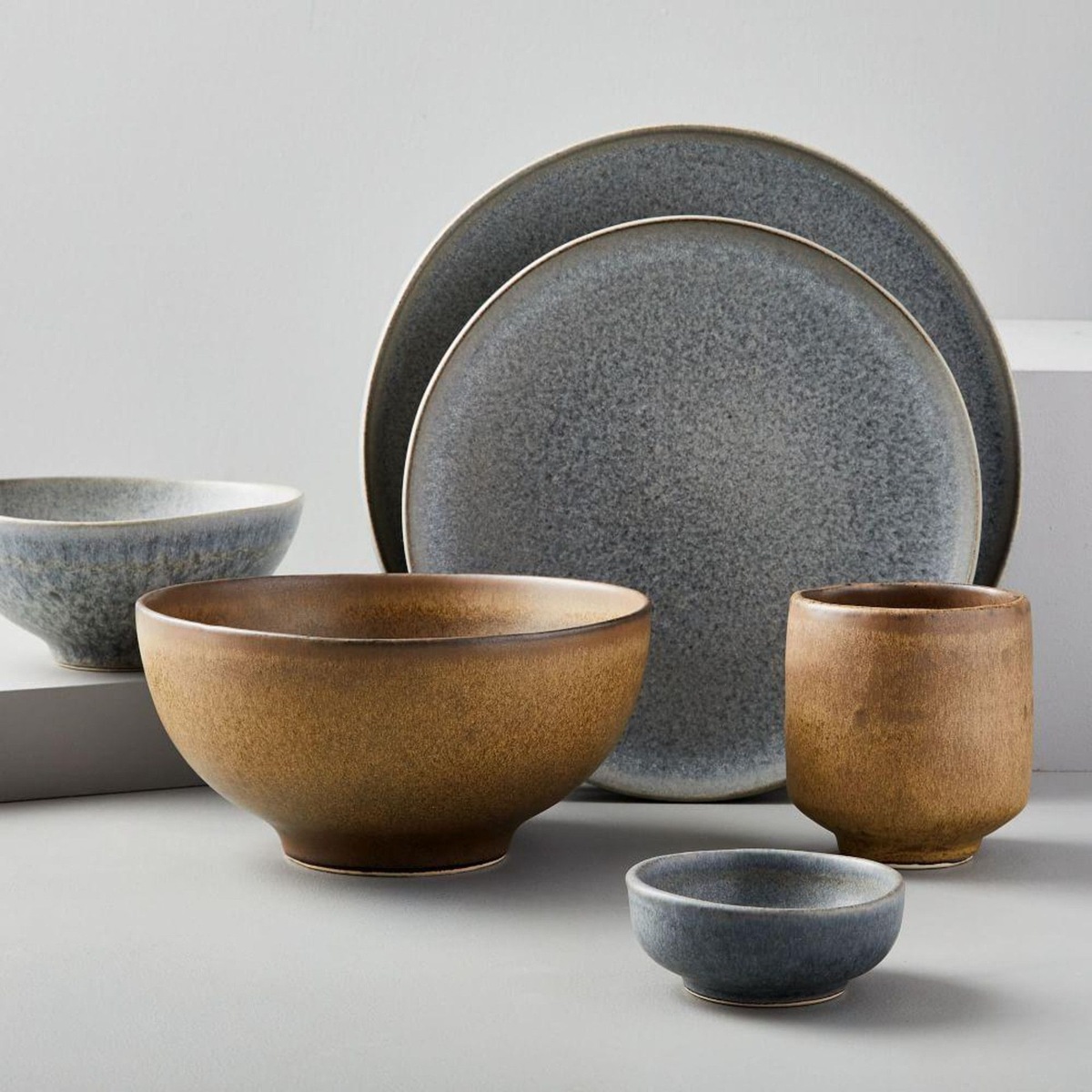
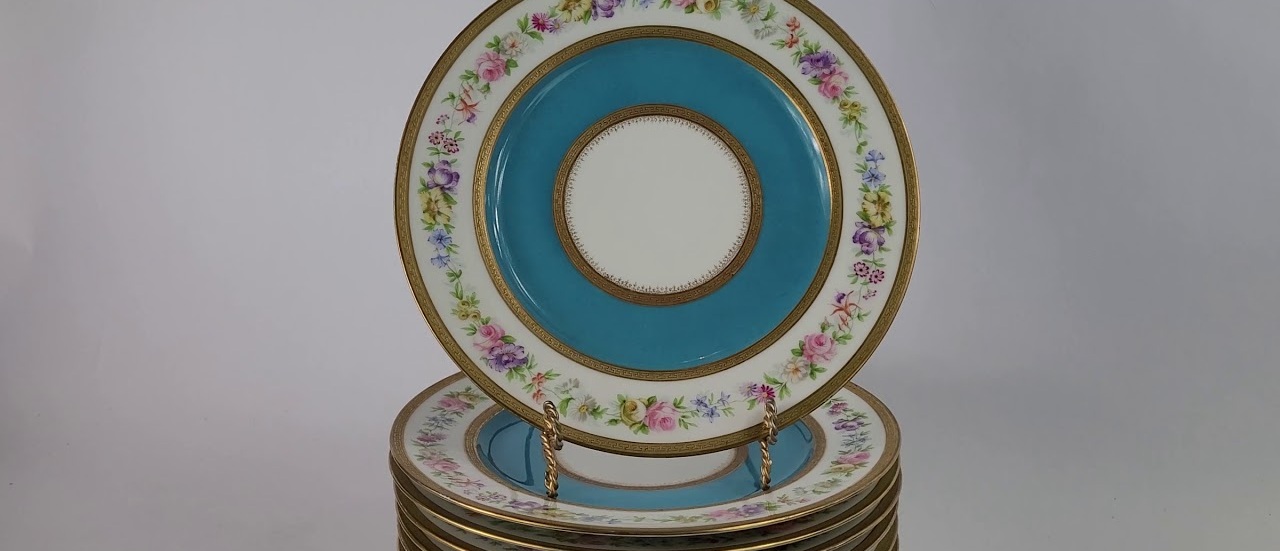
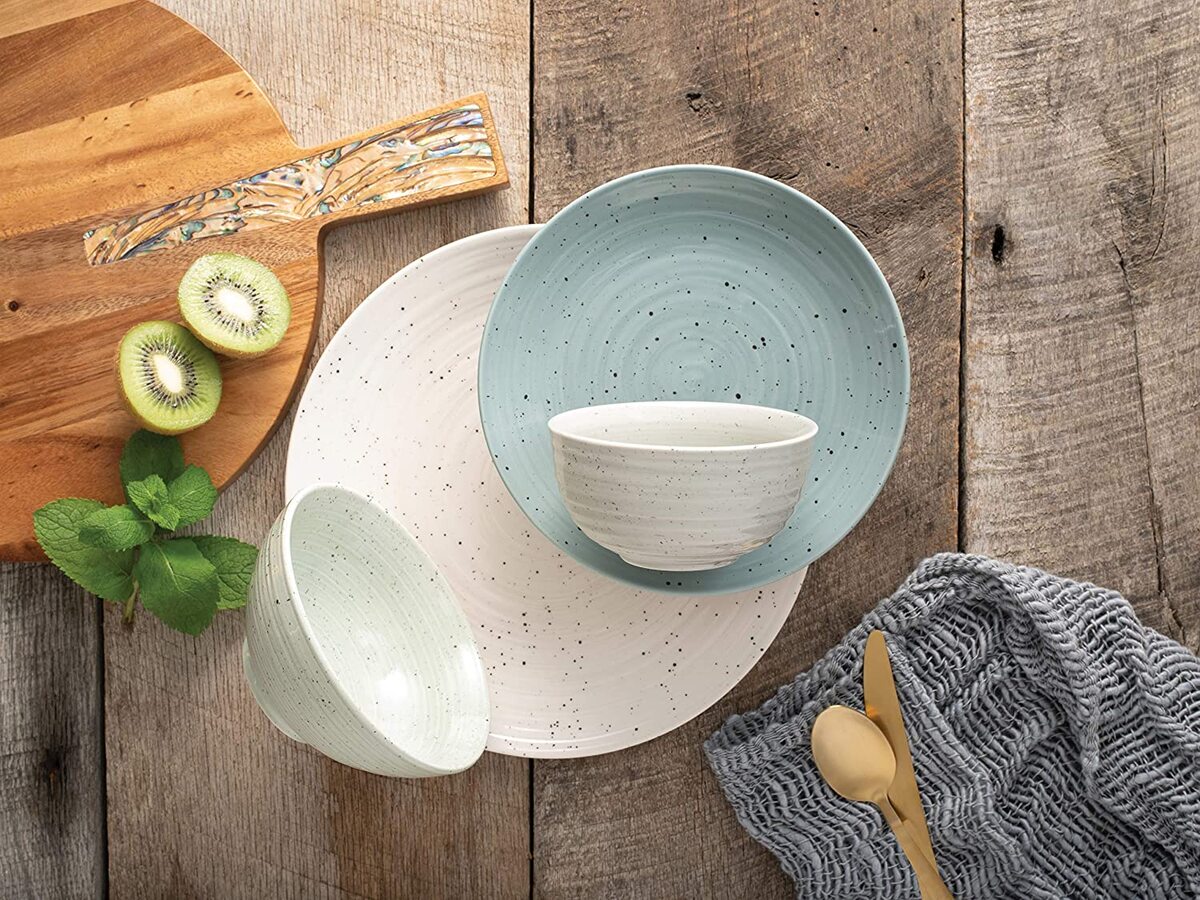
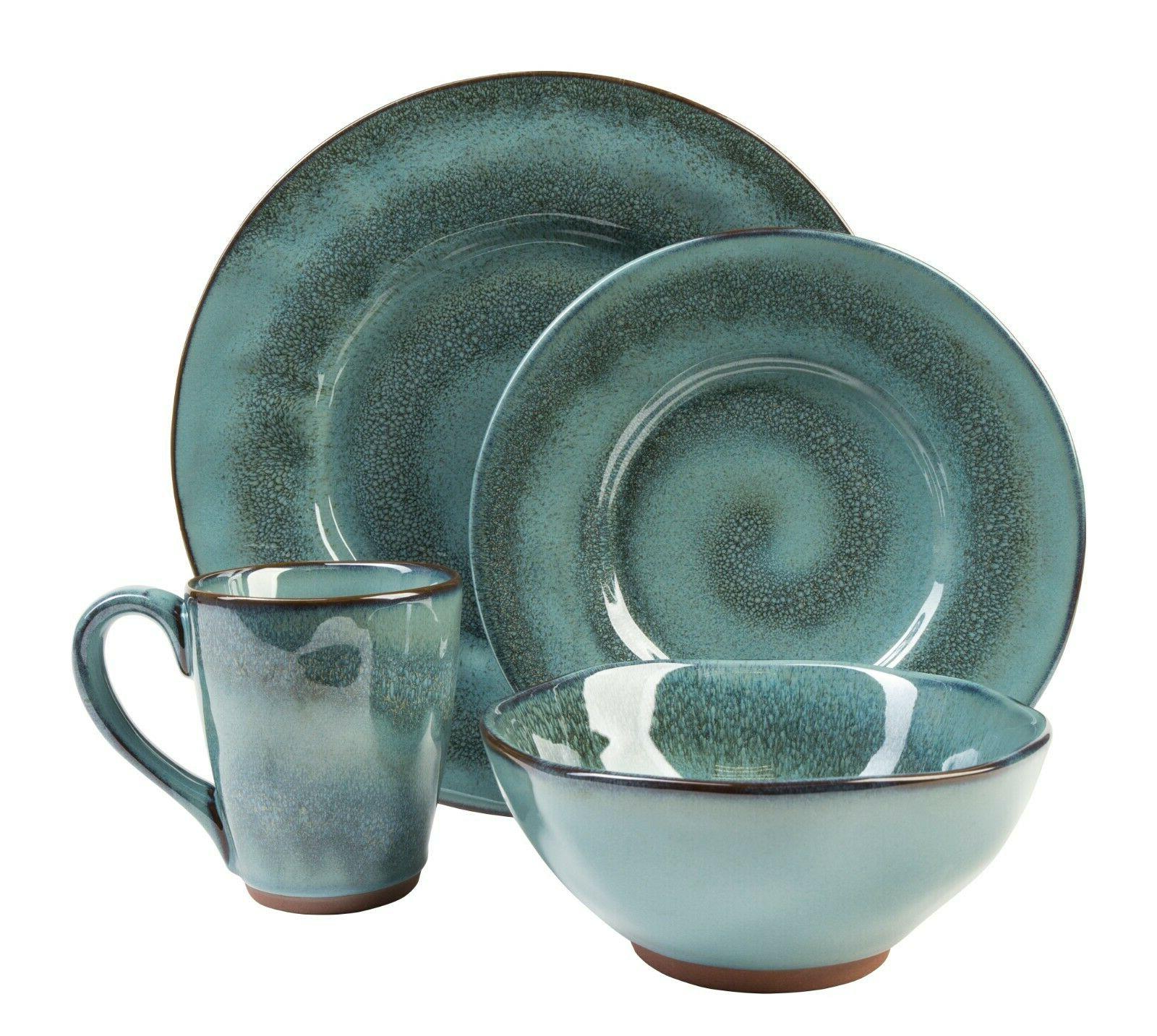
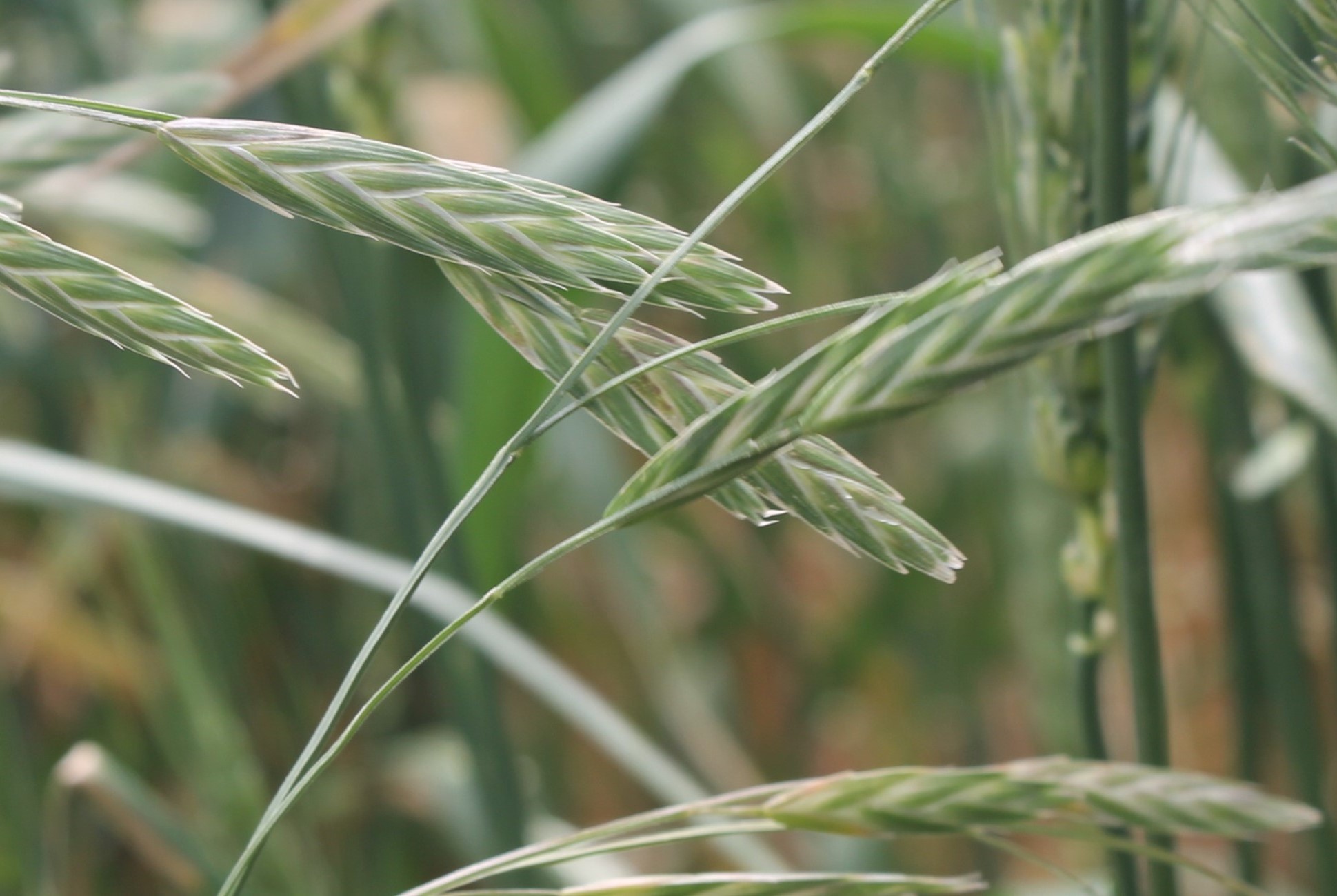

0 thoughts on “What Is Wheat Straw Dinnerware Made Of?”